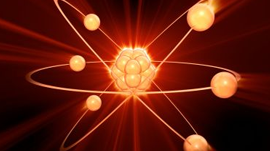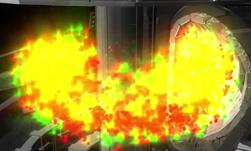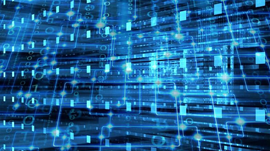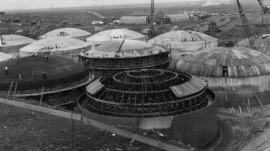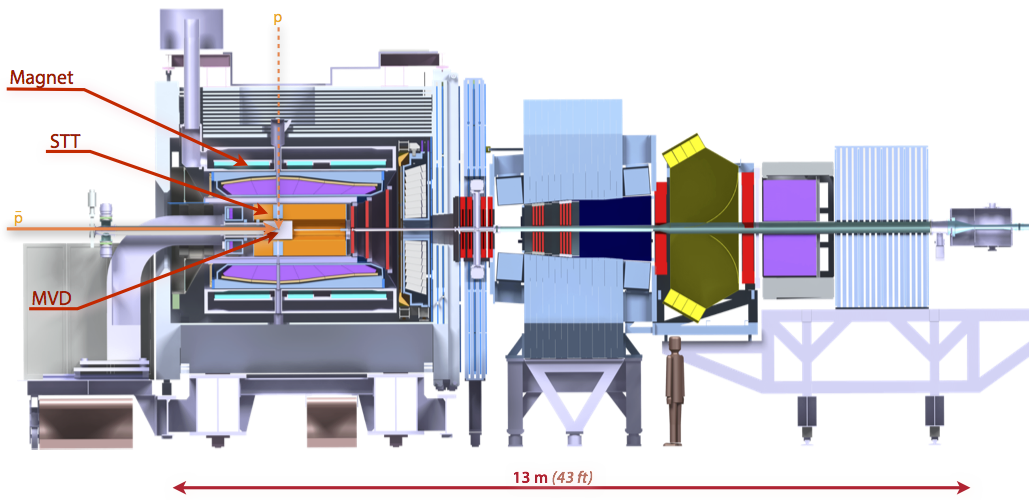Scientists from University of Washington, Warsaw University of Technology in Poland, Pacific Northwest National Laboratory, and Los Alamos National Laboratory, have developed a model that provides a detailed look at what happens during the last stages of the fission process.
According to their research paper, nuclear fission has almost reached the venerable age of 80 years and yet we still lack an understanding in terms of a fully quantum microscopic approach.
Using the new model, the scientists determined that fission fragments remain connected far longer than expected before the daughter nuclei split apart and the predicted kinetic energy agrees with results from experimental observations. This discovery indicates that complex calculations of real-time fission dynamics without physical restrictions are feasible and opens a pathway to a theoretical microscopic framework with abundant predictive power.
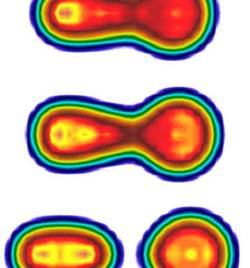
Evaluating the theory amounted to solving about 56,000 complex coupled nonlinear, time-dependent, three-dimensional partial differential equations for a 240Pu nucleus using a highly efficient parallelized GPU code. The calculations required nearly 2,000 NVIDIA GPUs on the Titan supercomputer at Oak Ridge National Lab.
By accurately modeling fission dynamics, the work will impact research areas such as future reactor fuel compositions, nuclear forensics, and studies of nuclear reactions.
Read more >>
GPU-Accelerated Model Reveals Details of Nuclear Fission
May 02, 2016
Discuss (0)
